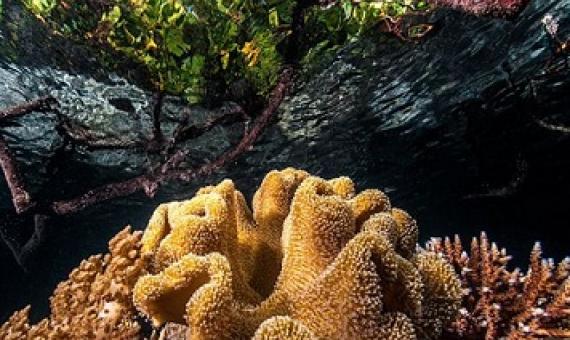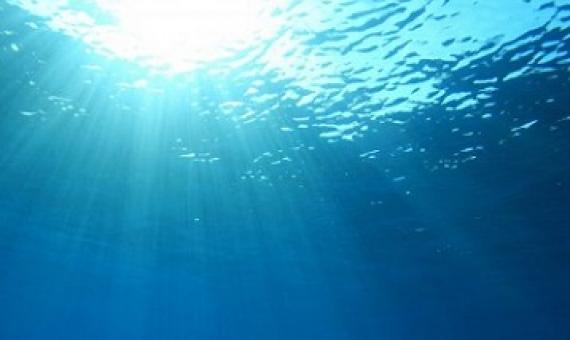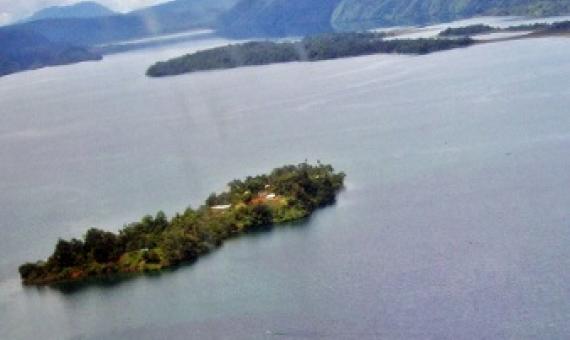Tiritiri Matangi is one of the jewels of New Zealand’s Hauraki Gulf. For the past 35 years the island, which is within sight of Auckland’s skyscrapers, has been a protected nature reserve.
Extinction risk could be cut by more than 50% if 30% of land and oceans are conserved, according to a report published in the journal Ecology. Between 1990 and 2016, the world has lost over 500,
The world’s species and natural ecosystems are in crisis. When nearly 200 countries gather in ten days’ time to thrash out a major plan to stem the precipitous decline, China is expected to take a prominent role.
Next week, representatives of more than 190 nations are gathering in Rome to discuss how to halt the biodiversity crisis during this decade and beyond.
There’s a lot of concern that we only have a 10-year window to protect the amount of habitat we need, and to slow climate change,” said Dr.
Living in harmony with nature by 2050 is the goal of a new set of global biodiversity targets to be achieved between 2020 – 2030, targets which the Pacific islands will also be committed to reaching.
Te Ipukarea Society (TIS) is a proactive non-government environment organisation (NGO) formed to help look after our heritage...For 24 years, Te Ipukarea Society has worked closely with local individuals, schools, the private and government sectors, providing leadership and encouraging innovative
Tourism in parks and protected areas can be a boon to local conservation efforts or it can afflict biodiversity conservation and environmental management. How can visitation be developed and maintained in a responsible manner?
Representatives from the United States and Papua New Guinea governments signed a Memorandum of Understanding signaling the beginning of a new partnership to protect and preserve the PNGs rich natural resources.
Technical Report - Land Degradation Neutrality for Biodiversity Conservation
Land degradation and the loss of biological diversity are two of the most pressing environmental threats facing humanity. Both are eroding the planetary life support systems on which the prosperity and well-being of current and future generations depend.















